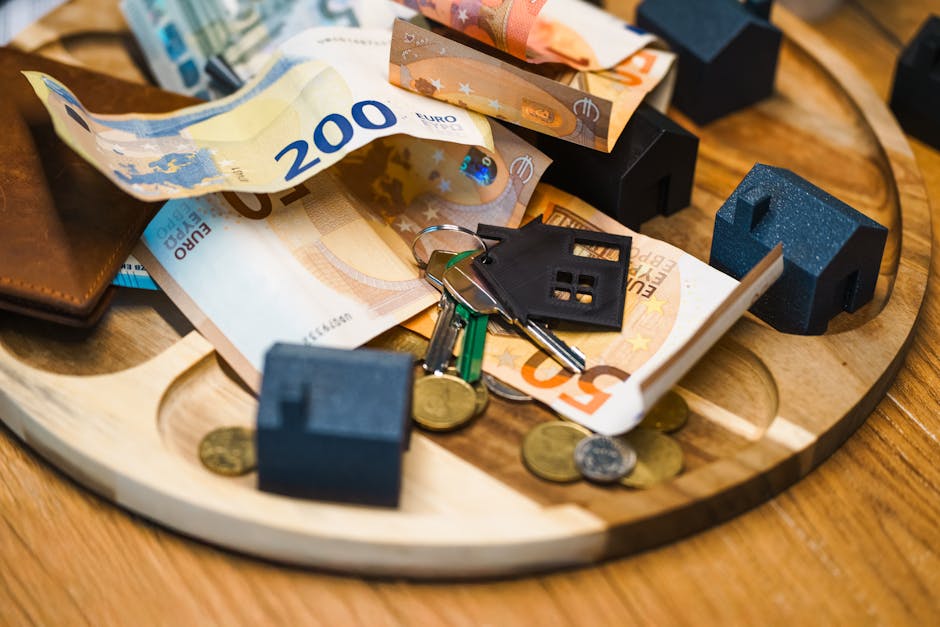How to Pay Off Credit Card Debt: 8 Smart Tactics for Rapid Relief in 2025
Struggling with mounting credit card balances? Learning how to pay off credit card debt can feel overwhelming, but with the right approach, you can reclaim your financial health quickly. High-interest rates often turn small purchases into significant burdens, affecting your credit score and peace of mind. In 2025, rising living costs make it more crucial than ever to tackle this debt head-on. This guide outlines practical steps to accelerate your payoff journey.
Table of Contents
Why Prioritizing Credit Card Debt Payoff Matters in 2025
Credit card debt affects millions, with average balances exceeding $6,000 per household. Interest rates averaging 20% or more compound the problem rapidly. Paying off this debt frees up income for savings or investments.
In 2025, economic uncertainties like inflation make swift action essential. Delaying payoff leads to higher costs and stress. Start by understanding how unchecked debt impacts your overall finances.
High utilization ratios can lower your credit score, making future loans costlier. Addressing how to pay off credit card debt now sets a foundation for stability. Many find motivation in visualizing a debt-free future.
Consider the psychological benefits too. Reducing balances boosts confidence and reduces anxiety. With strategic planning, you can achieve noticeable progress within months.

Step-by-Step Guide to Assessing Your Debt
Begin by gathering all credit card statements. List each card’s balance, interest rate, and minimum payment. This snapshot reveals your total debt load.
Calculate your debt-to-income ratio. Divide monthly debt payments by your income. A ratio over 36% signals urgency in learning how to pay off credit card debt.
Track spending habits using apps or spreadsheets. Identify areas to cut back, like dining out or subscriptions. Awareness is the first step toward control.
Review your credit report for errors. Free annual reports from AnnualCreditReport.com can uncover inaccuracies affecting your rates. Correcting these might lower costs immediately.
Set realistic goals based on your assessment. Aim for paying more than minimums to reduce interest accrual. This preparation phase builds momentum for faster payoff.
8 Smart Strategies to Pay Off Credit Card Debt Fast
Strategy one: Adopt the debt snowball method. Pay minimums on all cards, then extra on the smallest balance. This quick wins build motivation.
Explore the debt avalanche approach next. Target highest-interest cards first to minimize total interest paid. It’s mathematically efficient for how to pay off credit card debt.
Consider balance transfers to 0% APR cards. These offers provide breathing room, but watch for fees. Transfer high-rate balances strategically.
Boost income with side hustles. Gig economy jobs like freelancing add funds directly to debt. Even $200 extra monthly accelerates progress.
Negotiate with issuers for lower rates. Polite calls often yield reductions, saving hundreds. Persistence pays off here.
Cut non-essential expenses ruthlessly. Redirect savings to payments. Frugal living amplifies your efforts in paying off credit card balances.
Use windfalls wisely, like tax refunds. Apply them fully to principal. This lump-sum approach shortens timelines significantly.
Consolidate via personal loans if rates are lower. This simplifies payments but requires good credit. Evaluate terms carefully.

Combine methods for best results. For instance, snowball with extra income targets. Track monthly to adjust as needed.
Many succeed by automating payments. Set up auto-pays above minimums to avoid fees and ensure consistency.
Debt Snowball vs. Avalanche: Which Fits You?
The snowball emphasizes psychological victories. It’s ideal if motivation wanes easily. Start small for building habits.
Avalanche saves money long-term. Choose it if interest burdens are high. Calculate potential savings to decide.
Hybrid approaches work too. Prioritize high-interest small balances first. Tailor to your situation for optimal how to pay off credit card debt.
Balance Transfer Tips for Maximum Savings
Seek cards with long 0% periods, ideally 18 months. Compare fees; under 3% is best. Apply only if approved odds are high.
Plan repayment within promo end. Otherwise, deferred interest hits hard. This tactic shines for disciplined users.
Improve approval chances by lowering utilization first. Pay down existing cards before applying. Patience yields better offers.
Tools and Resources to Accelerate Your Progress
Budgeting apps like Mint track expenses effortlessly. Link accounts for real-time insights. They highlight leakages affecting debt payoff.
Debt calculators online simulate scenarios. Input balances and payments to forecast timelines. This motivates by showing end dates.
Seek debt-free journey guidance from experts. Structured plans provide accountability. Join communities for support.
Financial advisors offer personalized advice. Free sessions via nonprofits help. They uncover overlooked options.
For deeper insights, explore credit score factors impacting rates. Improving scores unlocks better terms.
Government resources like the Consumer Financial Protection Bureau provide free tools on debt management. Reliable info ensures informed choices.
Link to balance transfer strategies for detailed guides. These enhance your toolkit.

Maintaining Debt-Free Habits for Long-Term Success
Once paid off, build an emergency fund. Aim for 3-6 months’ expenses in savings. This prevents relapse into credit use.
Adopt cash-only for discretionary spending. It curbs impulse buys fueling debt cycles. Habits like this sustain freedom.
Regularly review credit statements. Catch issues early to avoid new debt. Vigilance is key post-payoff.
Invest freed-up funds wisely. Consider high-yield savings or retirement accounts. Compound growth rewards discipline.
Celebrate milestones without overspending. Non-material rewards reinforce positive behavior. Share successes for encouragement.
In 2025, ongoing education on finances empowers you. Stay informed on rate changes affecting cards. Adapt strategies as needed.
Ultimately, mastering how to pay off credit card debt transforms your life. Financial peace is achievable with consistency. Start today for tomorrow’s security.




